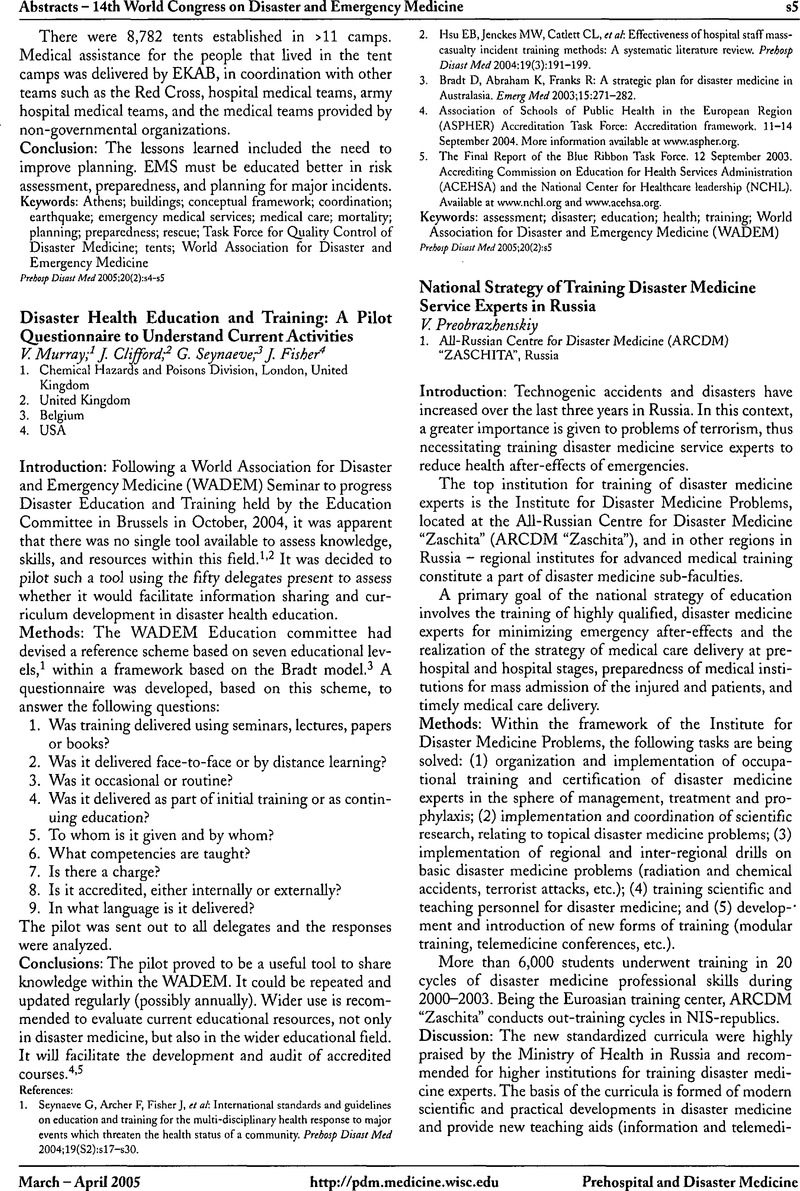5. The Final Report of the Blue Ribbon Task Force. 12 September
2003. Accrediting Commission on Education for Health Services Administration (ACEHSA) and the National Center for Healthcare leadership (NCHL). Available at www.nchl.org and www.acehsa.org.
Google Scholar 